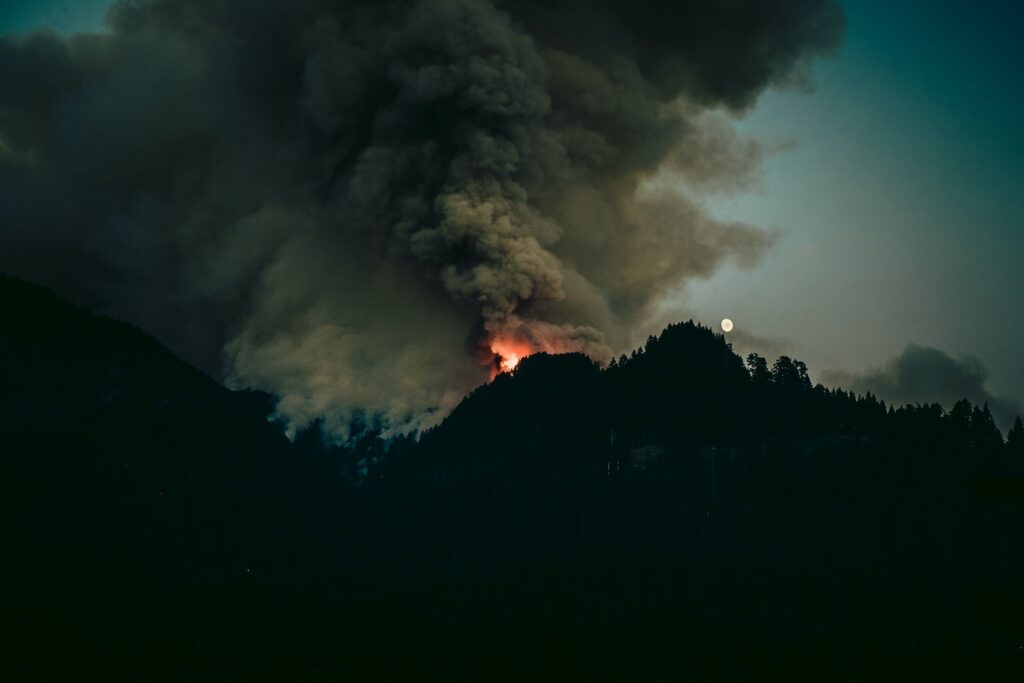‘Thirstier air’ poses greater wildfire risk in all countries
Research taking in 20 years of climate data shows larger levels of vapour pressure deficit mean more chance of forest blazes, increasing air pollution.
A team led by environmental scientists at the University of Melbourne have established a firm link between atmospheric ‘thirst’ and wildfire prevalence, with moisture in the air having a dampening effect on potential fuels.
The Vapour Pressure Deficit is the difference between how much moisture the air can hold when saturated – a process that forms dew – and how much moisture is actually in the air at the time of measurement. The bigger the disparity, the more the air can dry out plants, trees, and other flora, turning them into the perfect ingredients for wildfires.

Using satellite records of fire activity and a global climate dataset, it was possible to establish the maximum daily VPD for more than 30m incidents of fire detection since 2002, including around 1m in Australia alone. Across all regions, the results were the same — drier air means more chance of landscape igniting.
While this may sound logical, the study is the first time a definitely correlation has been confirmed, with different VPD thresholds for each type of forest — from temperate eucalypt to boreal coniferous and tropical jungle. The less humid the region the lower the threshold, meaning more northerly European locations, for example, are far more at risk.
Some of the biggest areas of concern are the Amazon rainforest and other tropical forests, as well as northern hemisphere temperate and boreal forests,’ said Dr Hamish Clarke of the University of Melbourne’s FLARE Wildlife Research group. ‘Without strong climate action, there will be many more days each year — at least 30 — when Earth’s forests cross over into this critical flammability zone. This means we’re likely to see more major fires, with all the risks that come with them.
‘It is currently estimated that over 330,000 annual deaths globally are attributable to smoke inhalation, a number that could increase notably by the turn of the century, particularly in the most populated areas of east Asia,’ he continued. ”This could have significant benefits for those currently trying to fight, manage or coexist with fire.’
The research, which can be found in full here, has been published following a fraught 2022 for wildfires, with countries that are not usually considered to be under threat from such events battling serious breakouts. At the height of the UK heatwave that saw some temperatures peak at 40C, parts of England had to battle blazes, which are proven to significantly increase air pollutant levels, with profound implications for public and environmental health.
Image: Luke Flynt

















